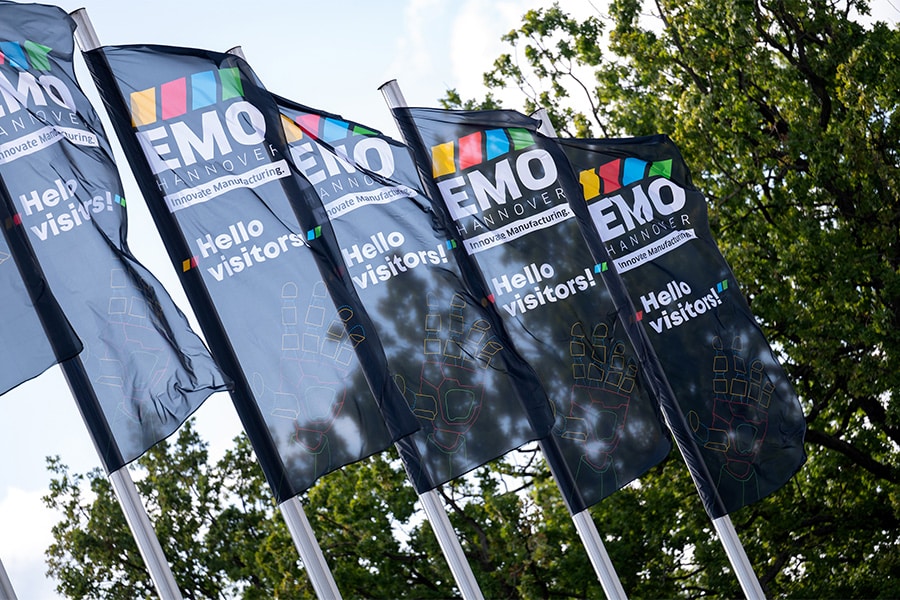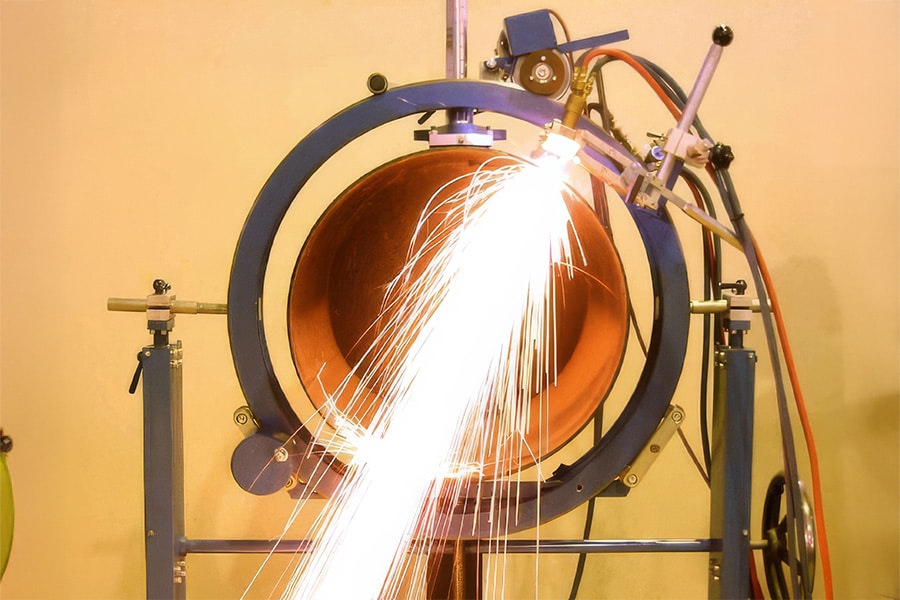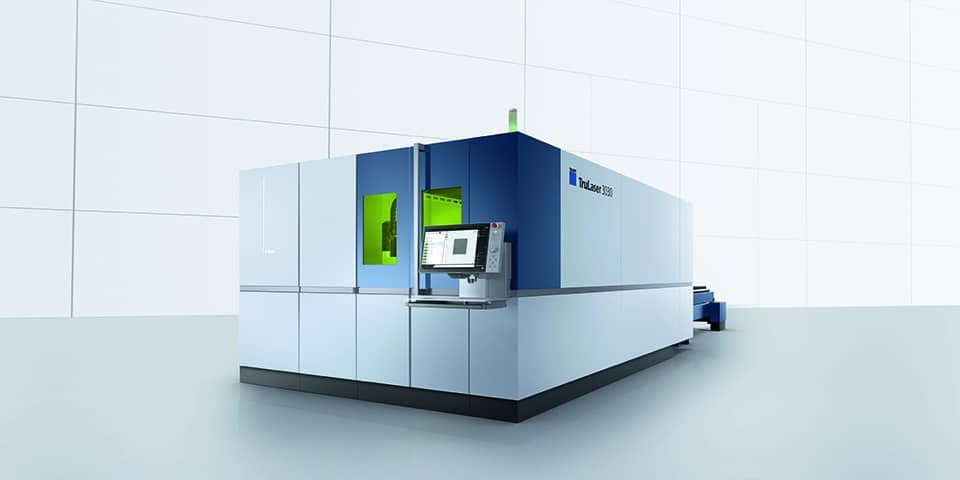
Fiber laser cutting machines experience growth spurt: heavier powers and larger sizes
Anyone who attended the last edition of Blechexpo could not miss it. The fiber laser clearly won the argument in laser cutting over the CO2-laser. It is the field in which the most innovations are happening today and the boundaries are being pushed the fastest. Not to mention, also the most over-the-counter machines. Manufacturers are mainly working on boosting power for even more speed, even in thicker materials, and boosting cut quality by playing more with the fiber laser beam.
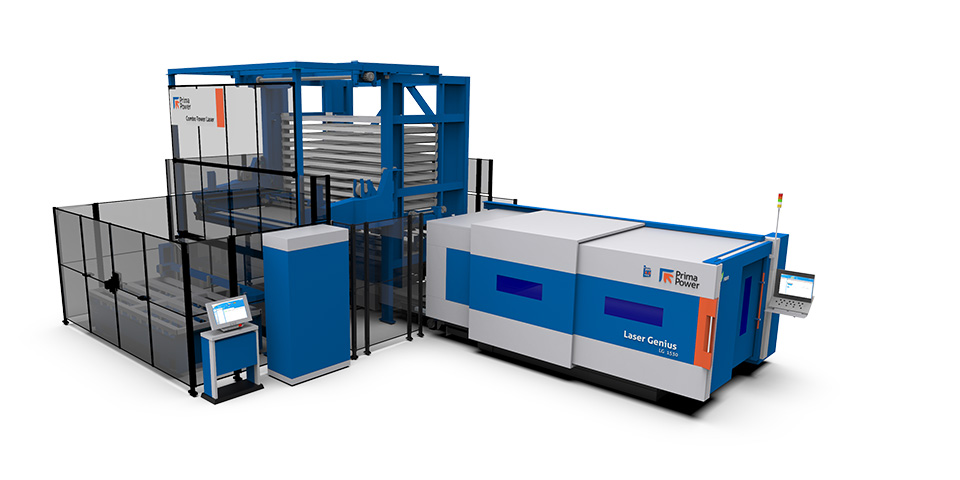
Automation is setting the tone. Partly because compact solutions exist today that require only a limited investment.
Chances are, if you are looking to invest in a new laser cutting machine today, you will be signing your purchase order for a machine with a fiber laser source. You're not the only one. Some 75% of the market today is in the hands of fiber lasers. That has everything to do with the added value its physical properties bring. Higher cutting speeds, improved energy efficiency and virtually maintenance-free operation, who can simply ignore such assets? Stopping the advance does not seem to be an issue yet, as manufacturers keep coming up with new developments that boost its performance. Even faster, even more beautiful, even more automatable.
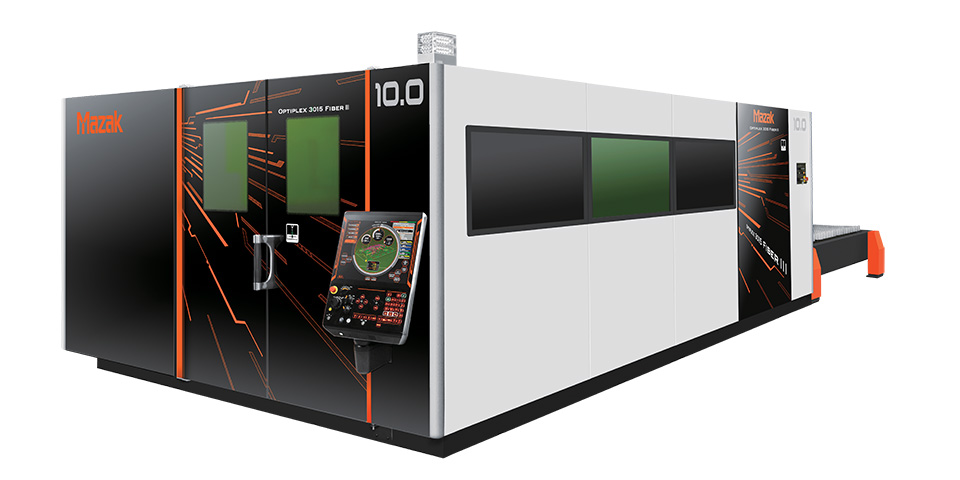
An output of 8 or 10 kW already seems to have become the choice of choice today for those who want to get their pieces out of thick plate.
To more power
The fiber laser source has come a long way. When it first made its appearance, nothing seemed to indicate that it would ever outgrow the thin sheet segment down to 4 mm. Today it is clearer than ever that it has managed to carve out a much wider playing field. Applications up to 25 mm are already standard today. Whoever wants to do that for cutting with nitrogen with the same advantages in speed as in thin sheet, then best looks forward to the higher powers. In recent years, we have seen a race between manufacturers in this regard. A power of 8 or 10 kW already seems to have become the choice of choice today for those who want to extract their pieces from thick plate. But at the fair you will undoubtedly also encounter heavier powerhouses firing a laser beam with a power of 12 kW at the material. For the time being, the limit seems to have been set, although it remains to be seen whether the market will demand more.
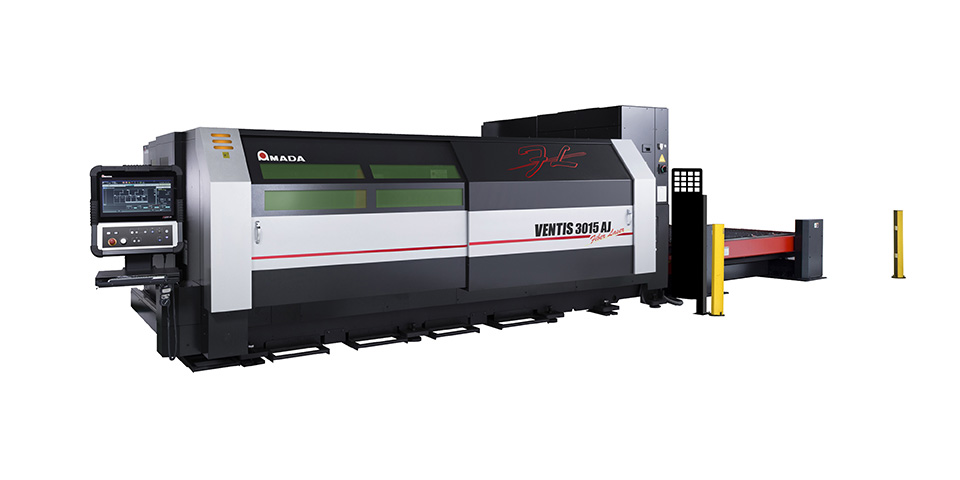
You will be presented with the necessary solutions during Blechexpo in this regard that allow modulation and optimization of the fiber laser beam.
To a size more
Power outputs may have risen to unknown heights, but the actual size of the machine has also increased remarkably. Laser cutting machines, whichever technology you choose, have increased in size compared to a decade ago. The medium format (1,250 mm x 2,000 mm) that reigned for a long time has had to relinquish its crown. Laser cutting machine manufacturers can now quote dimensions of 1,250 mm x 3,000 mm for the bulk of their orders. Even larger is also no longer an exception. There seems to be no end in sight to these growth shoots, and that has everything to do with the gains in efficiency allowed by larger sheet metal.
The more space there is on the plate, the more efficient the nesting can be done and the less time the machine will have to stand still. Calculate your profit from this win-win situation but of course also take into account a higher investment cost.

Due to the need for more flexibility and the scarcity of personnel,
everyone is looking at automation, even small SMEs. (Image: Tom Lesaffer)
Towards better blast quality
The biggest bottleneck facing the fiber laser today, especially compared to other sheet metal working technology, is the difficulty in sorting out pieces and thus making it fully automatic. For those delivering their own product, solutions already exist to ensure that flawlessly, certainly. But those active in subcontracting remain hungry for the time being. By giving users more options for playing with the laser beam and thus the cutting width, manufacturers want to avoid pieces getting stuck behind the skeleton. This evolution has the added benefit of further increasing the cut quality. In thicker material, the CO2-laser can still call itself the most aesthetically pleasing choice. However, a better beam quality can ensure even better melting away of the material and thus a (micro)burr-free surface. In this regard, you were presented at Blechexpo with the necessary solutions with which the fiber laser beam can be modulated and optimized for better cut quality and more automation possibilities.
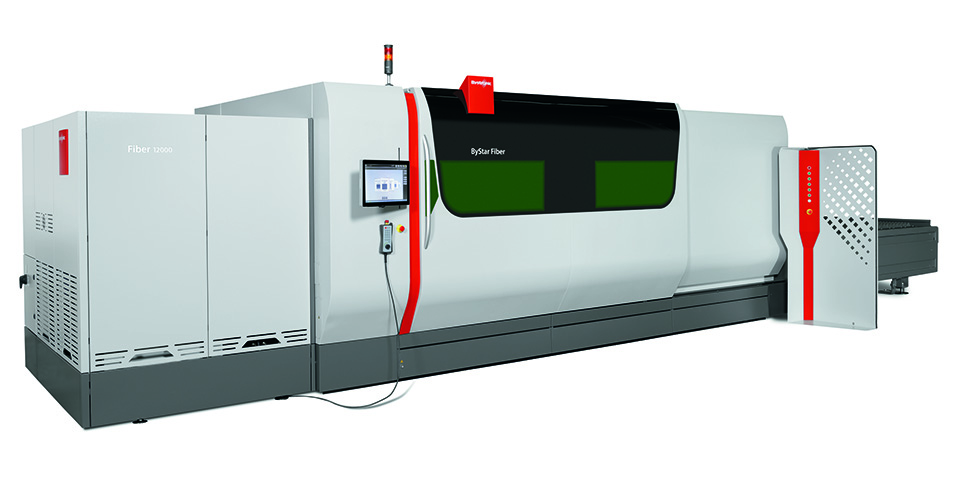
Powerhouses with an output of 12 kW have long since ceased to be the exception. (Image: Stephan Duerer)

